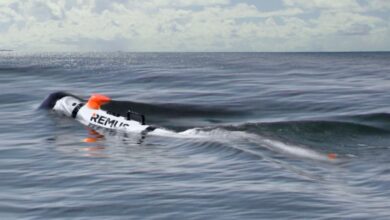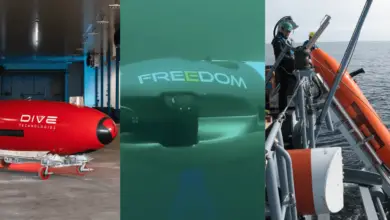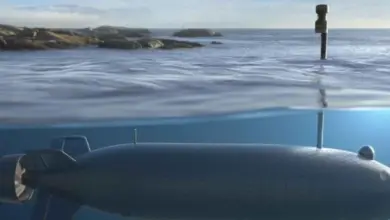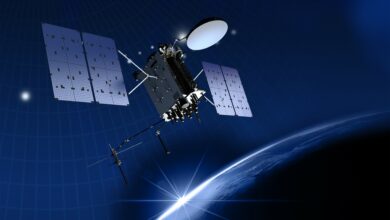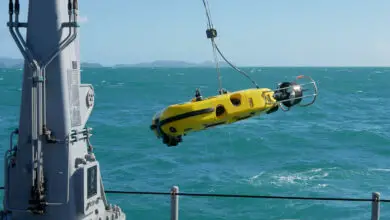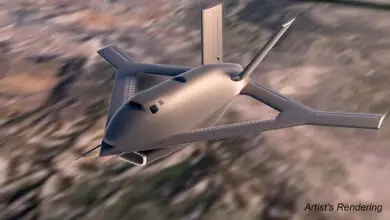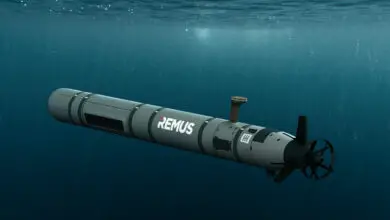DARPA’s Long-Endurance Underwater Drone Undergoes Splash Test
PacMar Technologies recently splash-tested the Manta Ray unmanned underwater vehicle (UUV) scaled prototype in Oahu, Hawaii.
PacMar conducted the in-water test “to verify sensors, vehicle hydrodynamic performance, and key autonomy behaviors of the glider body,” the Defense Advanced Research Projects Agency (DARPA) stated.
The milestone provides “important insights into key systems,” DARPA Manta Ray program manager Kyle Woerner said.
It “allows us to validate assumptions and models, and gives us valuable data in preparation for our upcoming full-scale at-sea demonstrations,” he added.
“We are a critical step closer to realizing the program’s objectives for a new class of long-endurance autonomous underwater vehicle.”
Manta Ray Project
Manta Ray is DARPA’s key project to develop a UUV that operates independently of manned vessels and ports once deployed.
To achieve this goal, the program intends to advance key technologies in energy management and energy harvesting at operational depths.
Other expected features include biofouling and corrosion control, navigation, and undersea obstacle avoidance.
DARPA is planning a three-phase development effort culminating with an open-ocean underwater demonstration.
Energy-Harvesting Tech
Hawaii-based PacMar is among two companies awarded the program’s phase 2 contract last year.
The other firm, Northrop Grumman, utilizes a device that converts energy from the ocean’s thermal gradient into electricity.
Thermal gradient is the “difference in temperature between warmer mixed water near the surface and colder water below.”
Northrop plans to test its prototype in 2024.



